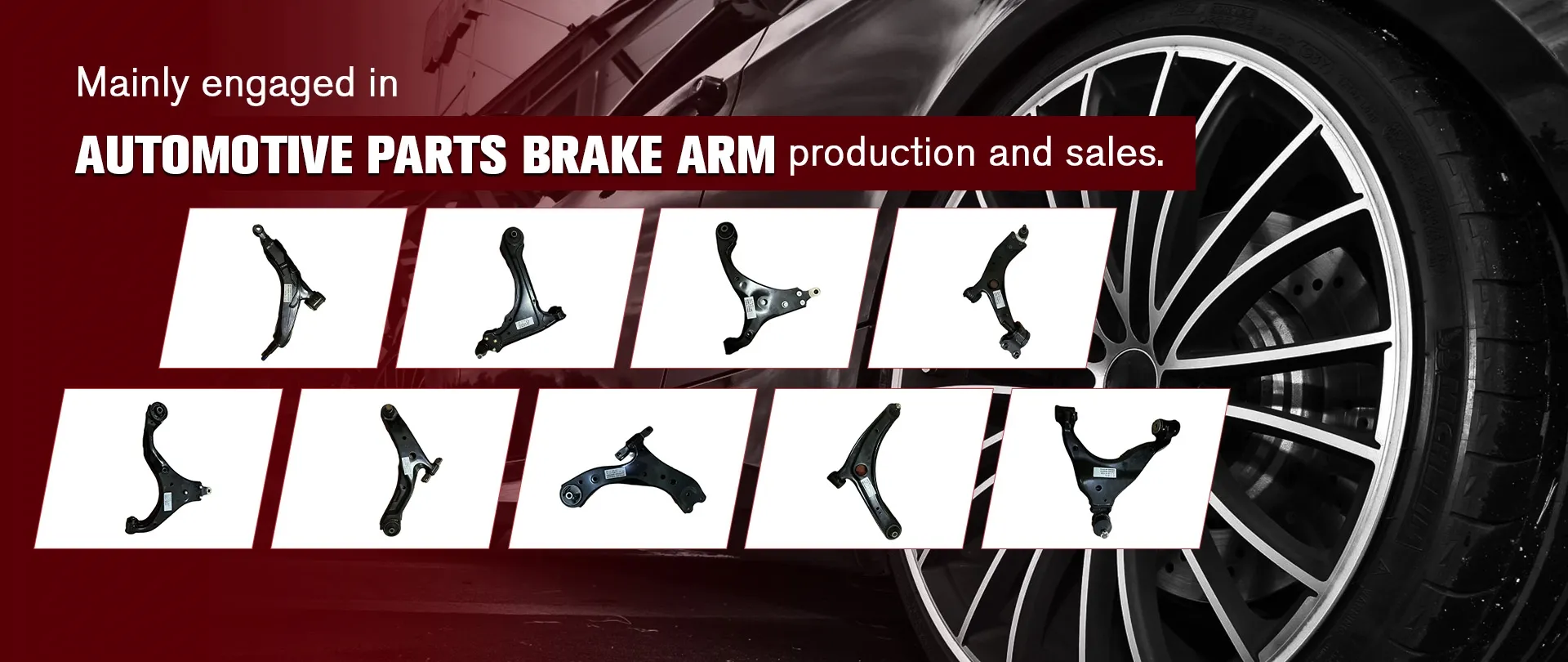
-
 Afrikaans
Afrikaans -
 Albanian
Albanian -
 Amharic
Amharic -
 Arabic
Arabic -
 Armenian
Armenian -
 Azerbaijani
Azerbaijani -
 Basque
Basque -
 Belarusian
Belarusian -
 Bengali
Bengali -
 Bosnian
Bosnian -
 Bulgarian
Bulgarian -
 Catalan
Catalan -
 Cebuano
Cebuano -
 Corsican
Corsican -
 Croatian
Croatian -
 Czech
Czech -
 Danish
Danish -
 Dutch
Dutch -
 English
English -
 Esperanto
Esperanto -
 Estonian
Estonian -
 Finnish
Finnish -
 French
French -
 Frisian
Frisian -
 Galician
Galician -
 Georgian
Georgian -
 German
German -
 Greek
Greek -
 Gujarati
Gujarati -
 Haitian Creole
Haitian Creole -
 hausa
hausa -
 hawaiian
hawaiian -
 Hebrew
Hebrew -
 Hindi
Hindi -
 Miao
Miao -
 Hungarian
Hungarian -
 Icelandic
Icelandic -
 igbo
igbo -
 Indonesian
Indonesian -
 irish
irish -
 Italian
Italian -
 Japanese
Japanese -
 Javanese
Javanese -
 Kannada
Kannada -
 kazakh
kazakh -
 Khmer
Khmer -
 Rwandese
Rwandese -
 Korean
Korean -
 Kurdish
Kurdish -
 Kyrgyz
Kyrgyz -
 Lao
Lao -
 Latin
Latin -
 Latvian
Latvian -
 Lithuanian
Lithuanian -
 Luxembourgish
Luxembourgish -
 Macedonian
Macedonian -
 Malgashi
Malgashi -
 Malay
Malay -
 Malayalam
Malayalam -
 Maltese
Maltese -
 Maori
Maori -
 Marathi
Marathi -
 Mongolian
Mongolian -
 Myanmar
Myanmar -
 Nepali
Nepali -
 Norwegian
Norwegian -
 Norwegian
Norwegian -
 Occitan
Occitan -
 Pashto
Pashto -
 Persian
Persian -
 Polish
Polish -
 Portuguese
Portuguese -
 Punjabi
Punjabi -
 Romanian
Romanian -
 Russian
Russian -
 Samoan
Samoan -
 Scottish Gaelic
Scottish Gaelic -
 Serbian
Serbian -
 Sesotho
Sesotho -
 Shona
Shona -
 Sindhi
Sindhi -
 Sinhala
Sinhala -
 Slovak
Slovak -
 Slovenian
Slovenian -
 Somali
Somali -
 Spanish
Spanish -
 Sundanese
Sundanese -
 Swahili
Swahili -
 Swedish
Swedish -
 Tagalog
Tagalog -
 Tajik
Tajik -
 Tamil
Tamil -
 Tatar
Tatar -
 Telugu
Telugu -
 Thai
Thai -
 Turkish
Turkish -
 Turkmen
Turkmen -
 Ukrainian
Ukrainian -
 Urdu
Urdu -
 Uighur
Uighur -
 Uzbek
Uzbek -
 Vietnamese
Vietnamese -
 Welsh
Welsh -
 Bantu
Bantu -
 Yiddish
Yiddish -
 Yoruba
Yoruba -
 Zulu
Zulu
Control Your Arm Auto Settings for Optimal Performance and Safety
Understanding Control Arm Suspension Systems in Automotive Engineering
The control arm is a crucial component of a vehicle's suspension system, playing a vital role in the overall performance and handling of the automobile. Often referred to as A-arms due to their distinctive shape, control arms connect the vehicle's chassis to the wheel assembly, allowing for smooth and controlled movement. In this article, we will explore the significance, types, and functions of control arms in automotive design.
Function of Control Arms
Control arms serve multiple functions in a vehicle's suspension system. Primarily, they allow for the vertical movement of the wheels while keeping them aligned with the chassis. This alignment is essential for providing stability and handling during both straight driving and turns. Control arms also absorb shocks from road irregularities, enhancing ride comfort and contributing to the overall safety of the vehicle.
When a vehicle encounters bumps or dips in the road, the control arms pivot on their bushings, allowing the wheels to move up and down without affecting the position of the vehicle's body significantly. This ability helps maintain tire contact with the road surface, important for effective braking and acceleration.
Types of Control Arms
Control arms can be broadly categorized into two types upper control arms and lower control arms. In a typical independent suspension system, vehicles may have both types, each serving a specific purpose.
control arm auto

1. Upper Control Arms These are positioned above the wheel hub and are responsible for controlling the wheel's motion as it travels over obstacles. They play a crucial role in maintaining the proper camber angle, which affects tire wear and handling characteristics.
2. Lower Control Arms Located below the wheel hub, these arms bear more of the vehicle's weight and are crucial for stability. They connect the wheel to the vehicle's frame and support the weight during driving. Lower control arms are typically larger and stronger than upper control arms due to the stresses exerted on them during operation.
Materials and Design Considerations
In modern automotive engineering, control arms are made from various materials, including steel, aluminum, and composite materials. The choice of material affects the weight, strength, and durability of the suspension system. While steel offers excellent strength and can be cost-effective, aluminum is favored for its lightweight properties, contributing to improved fuel efficiency and handling.
The design of control arms also influences the vehicle's overall performance. Engineers must carefully consider factors like geometry, bushings, and mounting points to ensure optimal performance. Advanced computer-aided design (CAD) software allows for precise modeling and testing of control arm configurations, leading to enhancements in vehicle dynamics.
Conclusion
Control arms are integral to a vehicle's suspension system, influencing ride quality, handling, and safety. As automotive technology continues to evolve, understanding these components becomes essential for both manufacturers and consumers. Whether you're a car enthusiast or an everyday driver, recognizing the importance of control arms can help appreciate the engineering that goes into creating a smooth and reliable driving experience.







